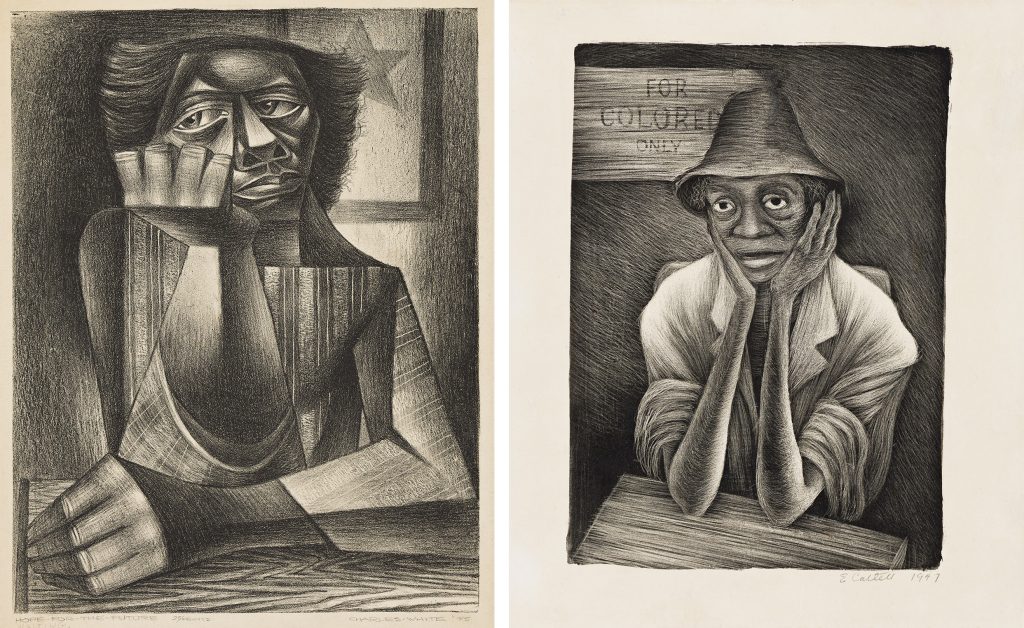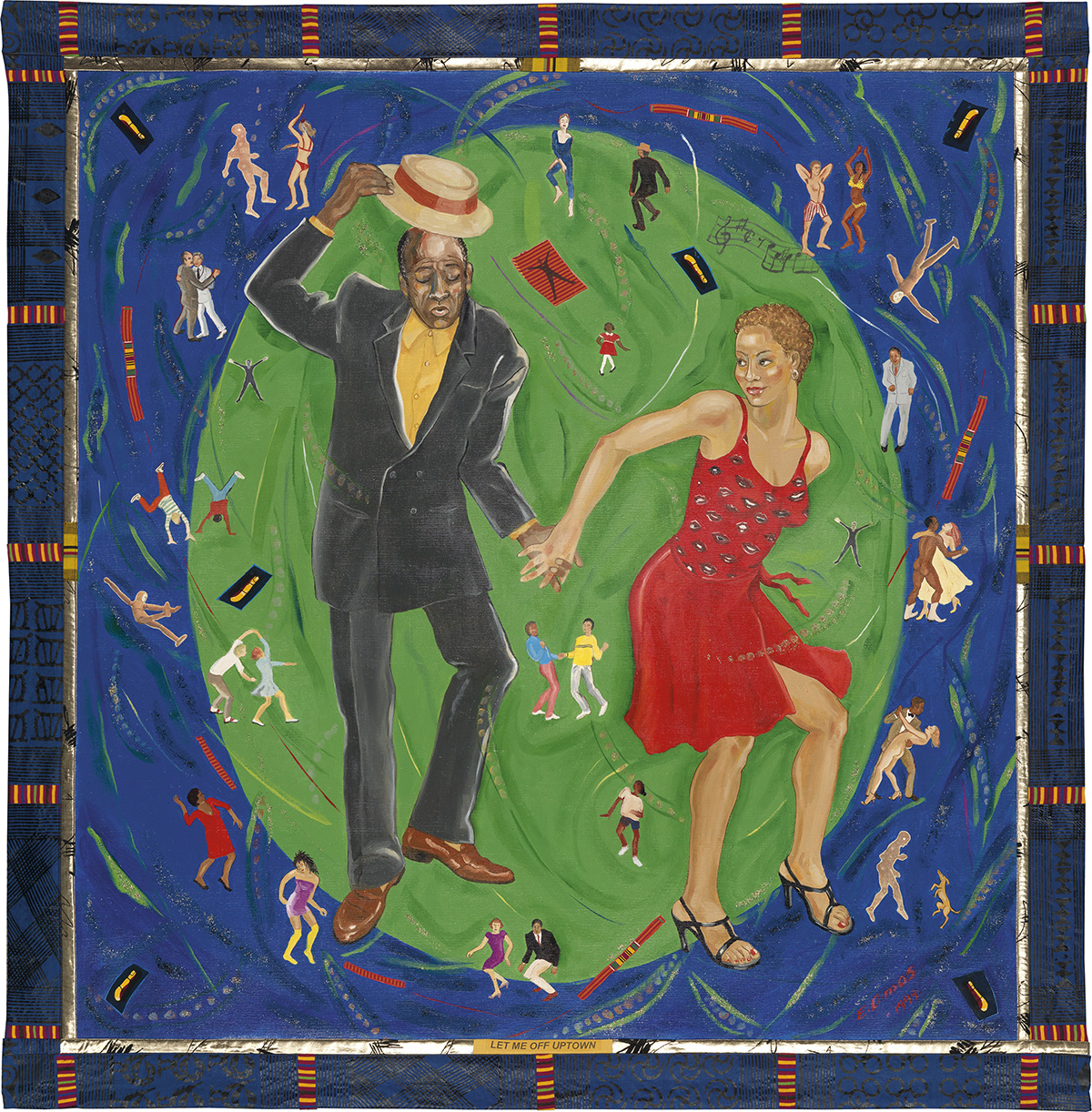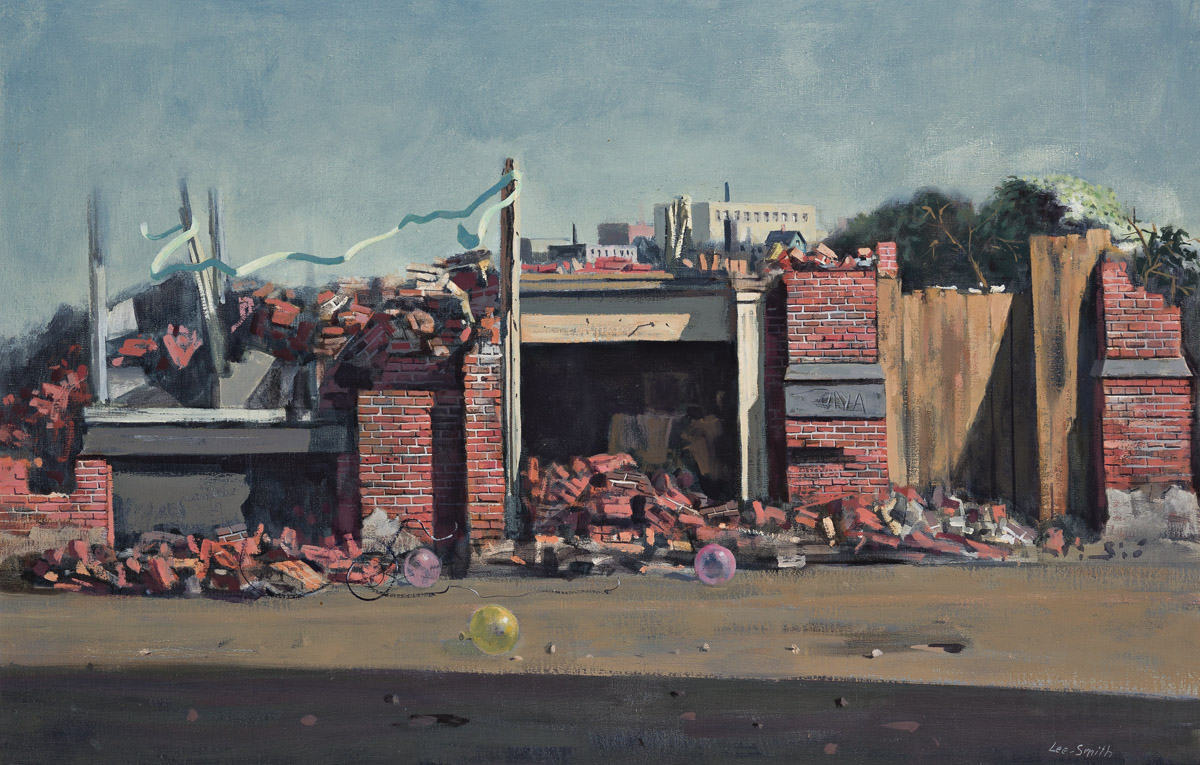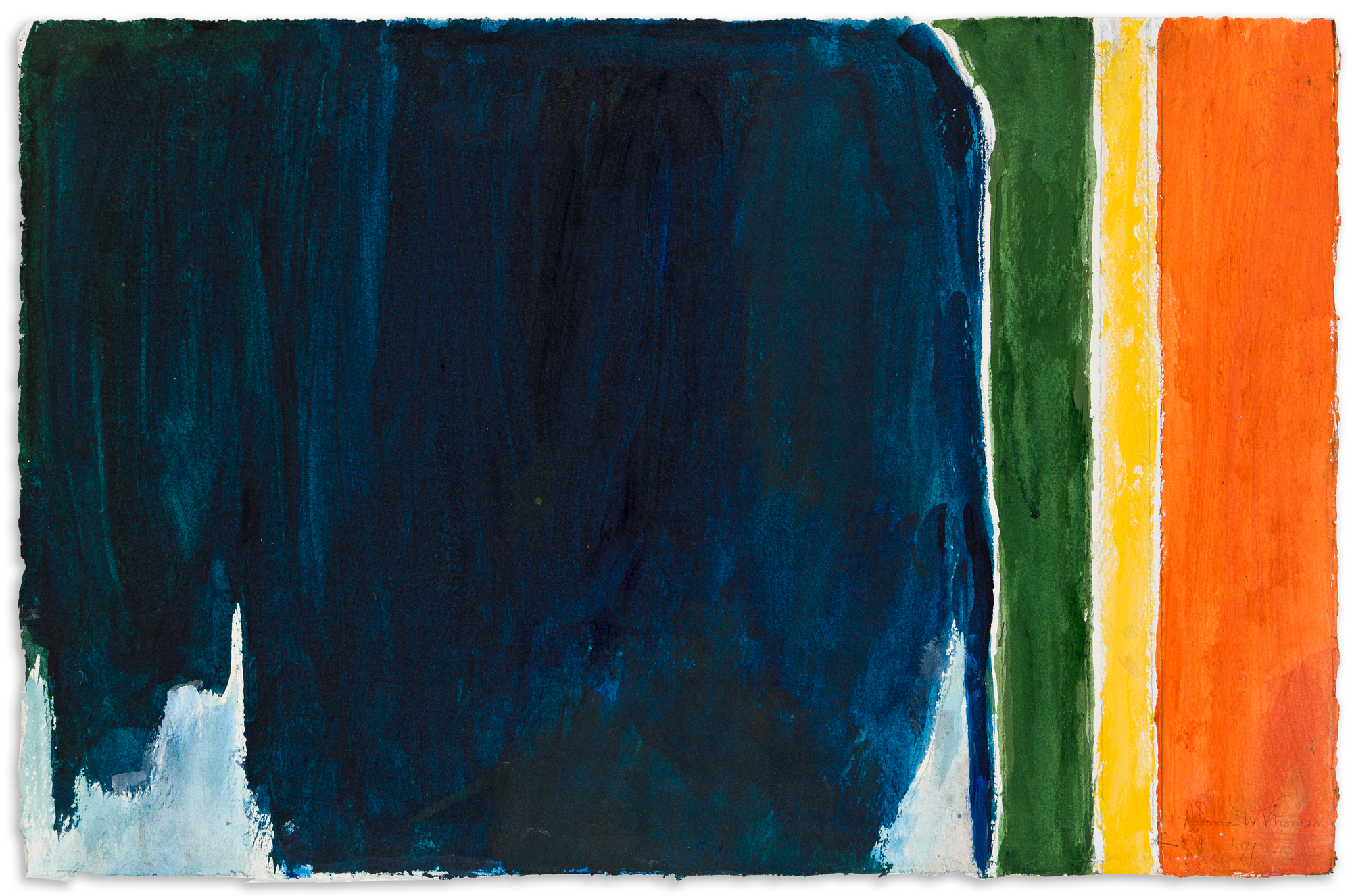First Impressions: Elizabeth Catlett & Charles White at the Taller de Gráfica Popular
In 1946, in what would become the last year of their brief marriage, Elizabeth Catlett and Charles White shared a career-changing experience living and working in Mexico City. They had each been awarded travel fellowships from the Rosenwald Foundation, and after World War II ended, they departed for Mexico in April of 1946. Catlett and White were both invited to work at the celebrated printmaking collaborative, the Taller de Gráfica Popular (TGP) which championed socially and politically conscious graphic art. Our October 19, 2023, auction presents a wonderful opportunity to see two scarce and important prints from this pivotal moment reunited again. We are thrilled to be offering the first lithograph of each artist produced at the TGP: Charles White’s Waiting and Elizabeth Catlett’s Restaurant Patron (For Colored Only).

These lithographs reveal the developing expression of two great figurative artists in printmaking. Both artists enjoyed access to lithography and working alongside such Mexican artists as David Alfaro Siqueiros and Pablo O’Higgins. Their prints are imbued with the social realist consciousness and expression that the Mexican muralists took to great heights, providing a model for many African American artists.
Curiously, in both prints, the figures rest their heads on their elbows — each figure is depicted facing forward during a trying moment. They reveal the realities faced in the 1940s for African Americans — enduring the separation of wartime and segregation. In both prints, the artists elevated a black woman’s experience as a powerful form of expression.
Charles White depicts an African American woman seated under a banner of the Gold Star, a commemoration of a husband or son actively serving in the armed forces. She embodies the strength of those who waited for the return of their loved ones. The influence of the Mexican muralist school can be seen in White’s robust figuration — the figure is both stylized and heroic. As seen in his 1946 drawing, The Return of the Soldier, White also was aware how, despite their heroic achievements abroad, America largely did not celebrate its returning black soldiers — instead, they often found discrimination, disdain and violence awaiting them. In Waiting, White uses the expression of the woman figure to reveal the painful poignancy of the moment.
In her lithograph, Catlett depicts an African woman seated at a restaurant table under the sign “For Colored Only”. The dehumanizing experience of segregation was a staple of black American life in the Jim Crow era. The figure’s face stares out directly at the viewer with an awareness in her countenance and poise. Catlett also uses the figure’s eyes to suggest a determination and knowing sadness. The economy and starkness of the composition reinforce the directness of Catlett’s lithograph. A similar subject of women in segregated seating, this time on buses, also appears in Catlett’s 1946 linoleum cut I have special reservations… from her 1946-47 series I am the Negro Woman.
Related Reading
Their experiences at the TGP had lasting effects on their practice despite their divorce that year. Charles White produced three more lithographs and at least one linoleum cut in Mexico before returning to New York. Upon his return, White continued his interest in lithography and began a productive collaboration with printer Bob Blackburn. Elizabeth Catlett finished the fifteen linoleum cuts of the I am the Negro Woman over the next year at the TGP. This series was a groundbreaking accomplishment of Black feminist art and a significant part of her first one-person exhibition “The Negro Woman” at the Barnett-Aden Gallery, in Washington, DC in 1947. Catlett stayed in Mexico — she soon joined the collective and worked at the TGP for the next twenty years.


















